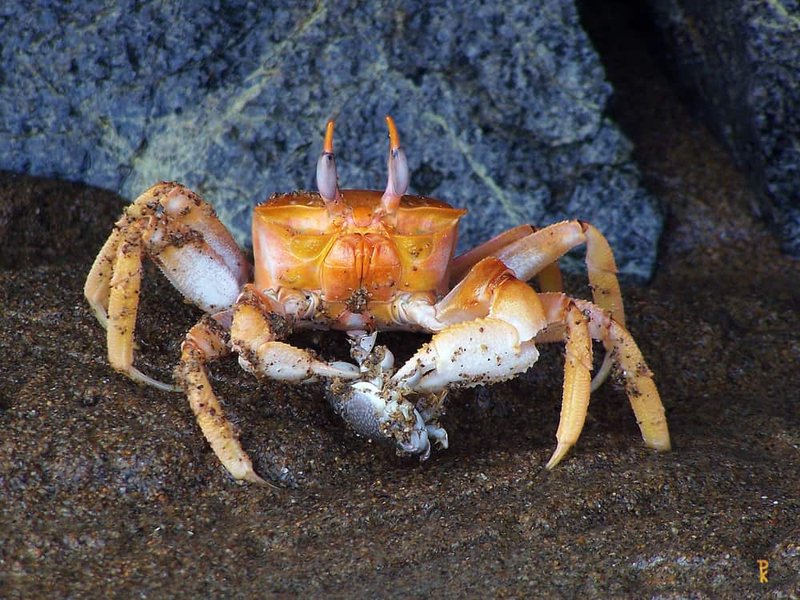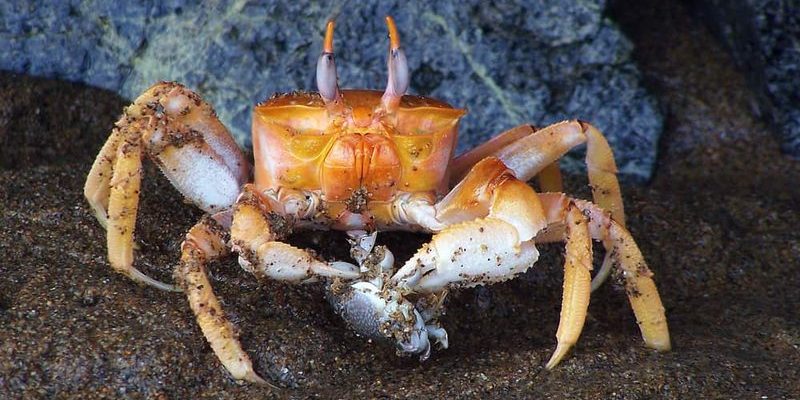
Imagine going out to dinner and being faced with a buffet of options. Crabs experience something similar in their watery homes. Depending on where they live, they might munch on everything from algae to small fish. Understanding their diets not only reveals how these fascinating creatures survive but also highlights the ecosystems they help maintain.
In this article, we’ll dive into the different diets and feeding habits of crabs. You’ll learn about their unique preferences, how their environments influence their meals, and why it all matters for their survival. So grab a cup of coffee and let’s explore the tasty world of crabs!
What Do Crabs Eat?
Crabs are omnivores, which means they enjoy a variety of foods. Their diets can include:
- Plant matter: Seaweeds, algae, and seagrasses are staples.
- Animal matter: They’ll gobble up small fish, worms, and even other invertebrates.
- Detritus: This is decomposed organic material that provides essential nutrients.
Here’s the thing: crabs have mouthparts that help them scrape and pick at food. They can often be seen digging in the sand for hidden treasures. For example, the blue crab, a popular species on dinner plates, feeds mainly on fish and mollusks. In contrast, the hermit crab prefers plant matter and can sometimes be seen munching on decaying leaves.
So, when it comes to what crabs eat, it truly depends on their environment and particular species. Each crab has its own unique taste, just like us!
The Role of Habitat in Crab Diets
Crabs are found in a variety of habitats, from salty oceans to muddy estuaries. Each environment influences their diet significantly.
For instance, crabs living in rocky shorelines tend to feed on organisms attached to the rocks, like barnacles and seaweed. Meanwhile, those in muddy environments might feast on detritus and microorganisms. Think of it like dining at your local restaurant; the menu changes based on what ingredients are available in your area.
The intertidal zones, where land meets sea, are particularly rich in food sources. Crabs here often have access to a mix of plant and animal life, making their diets incredibly diverse. This adaptability is one reason crabs thrive in so many different settings!
Crab Feeding Techniques
Crabs have some interesting feeding techniques that help them make the most of their meals. Let me explain a couple of them:
1. Scavenging: Many crabs are scavengers, sifting through debris to find food. They use their pincers to pick through sand or mud, looking for tasty bits. This method is crucial, especially in environments where food might be scarce.
2. Filter Feeding: Some species, like the blue crab, use their gills to filter out tiny organisms from the water. They can extract plankton and microscopic algae, which are abundant in certain habitats.
Imagine being at an all-you-can-eat buffet and trying to grab as much food as you can with two tiny hands! That’s what crabs do in their search for food, balancing their need to eat with their unique methods.
Seasonal Changes and Crab Diets
Crabs also adapt their diets based on seasonal changes. In spring and summer, when food is plentiful, they might feast on fresh algae and small fish. But as the seasons change and winter approaches, their food sources can be more limited.
During colder months, some crabs may slow down their metabolism and feed less. Others might dig into the mud to find more stable food sources, relying on detritus that can be found even when it’s not abundant.
This seasonal adaptability shows how crabs are nature’s survivors, flexibly adjusting their diets to remain healthy year-round. It’s a fascinating example of how animals respond to their surroundings.
The Impact of Diet on Crab Behavior
Diet can also influence a crab’s behavior. For example, crabs that feed on mollusks, like the Dungeness crab, often exhibit strong territorial behaviors. They’ll defend their feeding areas fiercely, ensuring they have enough food to thrive.
In contrast, crabs that mainly consume algae might be more social, often sharing feeding sites with others. You might see them clustered together, munching on the same patch of seaweed. It’s all about survival and how each species interacts with its environment.
Understanding these behaviors helps researchers better understand crab populations and how they fit into their ecosystems. It’s more than just food; it’s about how they live, thrive, and navigate their underwater world.
Threats to Crab Diets and Populations
Despite their adaptability, crabs face several threats that can impact their diets and populations. Pollution, overfishing, and habitat destruction can significantly affect the availability of food sources.
For example, when coastal waters are polluted, it can lead to a decline in the health of marine plants and animals that crabs rely on for food. Likewise, overfishing can deplete the very species that crabs hunt, causing imbalances in their diets.
Let’s not forget that climate change also poses risks. Rising temperatures and changing ocean conditions can alter the types of food available, forcing crabs to adapt quickly or face starvation.
Protecting crab habitats and monitoring changes in their environments is crucial. It’s not just about saving crabs; it’s about maintaining the health of entire ecosystems.
The world of crabs and their feeding habits is truly captivating. From their omnivorous diets to their unique feeding techniques and behaviors, crabs play a vital role in our ecosystems. By understanding what crabs eat and how their diets are influenced by their environments, we can appreciate these creatures more deeply.
So next time you see a crab scuttling along the shore, remember that it’s more than just a cute critter. It’s a survivor with a rich culinary repertoire, navigating a complex world of flavors and challenges. Let’s cherish our watery friends and the delicate balance they maintain in nature.

